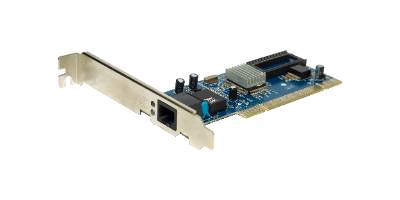What Is a LAN Module?

A LAN module is a critical component enabling devices to connect to a local area network (LAN), either through wired or wireless connections. These modules, which can be integrated into devices or connected via interfaces like USB or PCI, facilitate data exchange and communication over networks, supporting standards such as TCP/IP and encryption protocols for secure wireless communications.
Uses of LAN Modules
LAN modules are integral to a wide array of devices, extending beyond PCs and smartphones to:
- Sensors: Facilitating the transmission of data from various sensors to servers for remote monitoring.
- Home Appliances: Enabling smart home devices to connect to the internet for remote control and access to online services.
- Industrial Equipment: Equipping machinery with the capability to send operational data for analysis, maintenance, and monitoring.
Their versatility makes them foundational to the connectivity of IoT devices devices, empowering almost any networked device.
Principles of LAN Modules
LAN modules operate based on several core principles:
- Data Transmission: Breaking down data into frames for sending, with conversion into appropriate signals.
- Data Reception: Converting received signals back into digital data and reconstructing frames.
- Error Checking: Ensuring data integrity through error detection methods and requesting retransmission if necessary.
- Flow Control: Managing the data transfer rate to prevent loss and ensure synchronization.
Other Information on LAN Modules
1. Category of LAN Cables
For wired LAN modules, the category of LAN cables used affects transmission speed, with categories ranging from CAT5e to CAT8, supporting speeds up to 40 Gbps. Selection of the appropriate cable category is crucial for maximizing network performance.
2. LAN Modules for the IoT
Modern LAN modules cater to the IoT’s demands with compact sizes and low power consumption, ensuring they fit into various devices and maintain efficiency, especially in battery-powered scenarios.